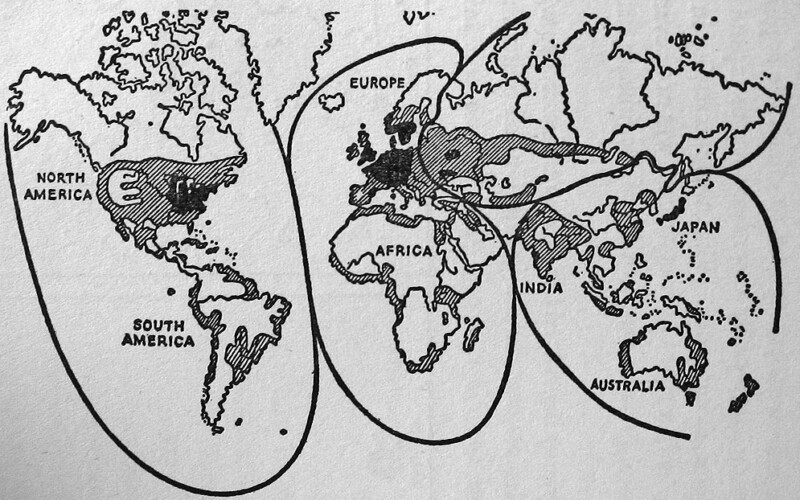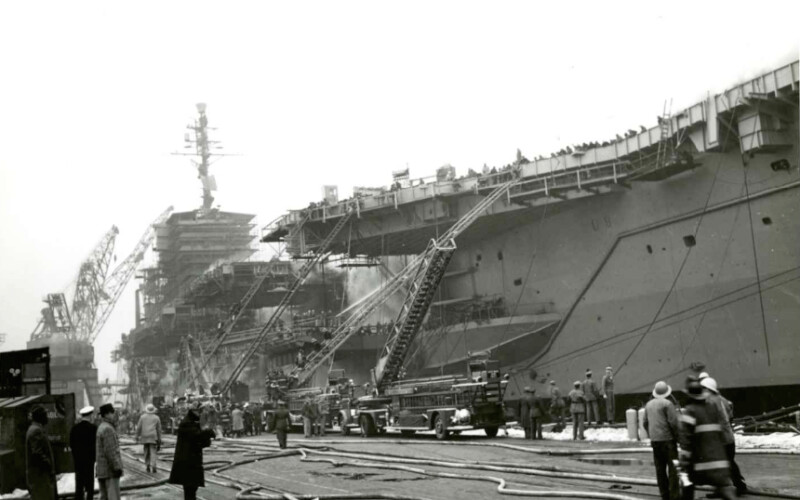We have experience hosting a range of audiences, from college classes to birthday parties to company outings, and we customize our tours to meet your group’s interests and needs.
Book a private tour today
Maps hold the power to organize and explain the world beyond what we can observe with our own eyes, making them extremely powerful political tools. Maps that express a geopolitical …
Read more

On December 19, 1960, the Brooklyn Navy Yard suffered the worst accident in its history, a devastating fire aboard the USS Constellation that killed 50 workers. This fire was not …
Read more
